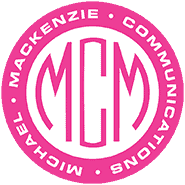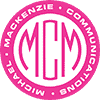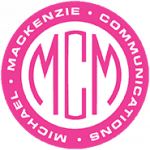Quite simply, typography is the art and technique of arranging type to make the words legible, readable, and appealing.
In 2013, Errol Morris ran an experiment with the New York Times, asking readers to take an online test to see if they were an optimist or a pessimist. In reality, he wanted to determine if some typefaces are more believable than others. Forty-five thousand readers took the test and Morris found that Baskerville, a 250-year-old serif font originally designed by John Baskerville, was more likely to influence the minds of readers than Computer Modern, Georgia, Helvetica, Comic Sans or Trebuchet.
While font certainly matters, arrangement of the text is even more of a difference maker. It’s what draws the readers’ attention to the details you want them to notice, and can potentially turn a design into a work of art. Popular tee shirt companies, such as Simply Southern and Lauren James figured this out a few years ago, making their shirts fly off the shelves and their brands household names. What better advertising than to have people wearing your logo or brand name?
Graphic designers will tell you that typography is about much more than making the words legible. Your choice of typeface and how it is tied into your layout can make or break a design.
According to Butterick’s Practical Typography, typography matters because it helps conserve the most valuable resource a writer has—reader attention. The most successful typography engages the consumer. It tells them what they’re reading and why it’s important to them.
Good typography allows your reader to devote more attention to your message. Conversely, bad typography can distract your reader and undermine your message.
With all the advertising consumers see each day, it’s important to use type in such a way that it attracts your reader’s attention and gives them a clear understanding of your message.
This post courtesy of Firm Administrator, Michelle Knight


